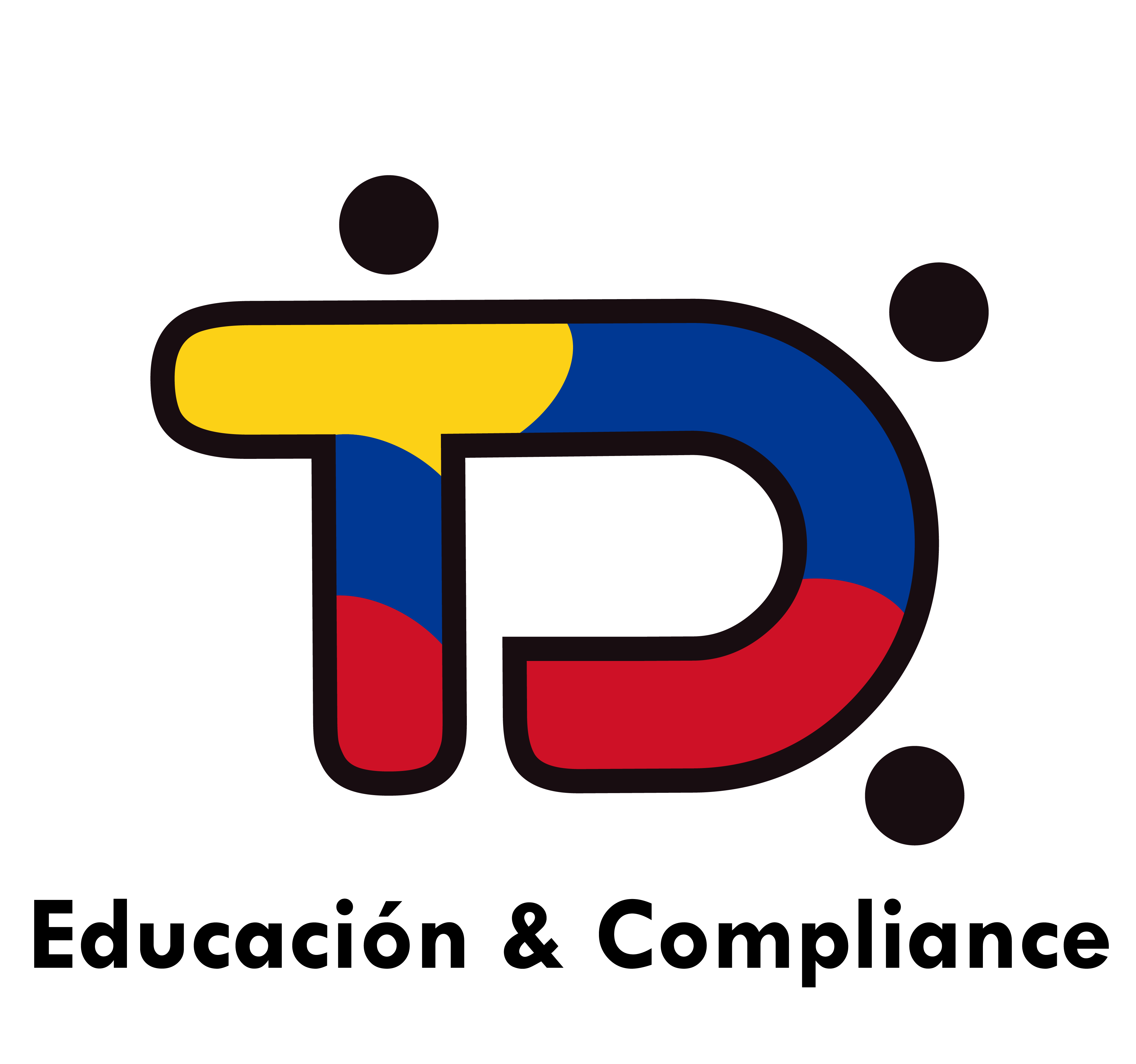International sports governance is often presented as a collaboration model between public and private actors. However, within this networked governance system, sports organizations have learned to manipulate discourse to protect their autonomy and avoid regulations that could threaten their interests.
This phenomenon can be analyzed through the network governance framework, which describes how public and private actors interact without a clear hierarchy to address common issues. While collaborative governance literature often highlights the benefits of these networks—such as trust-building and consensus. However, a study Geeraert (2025) takes a more critical approach. He exposes how sports organizations use discursive strategies to shape the decision-making process in their favor.
Geeraert distinguishes between "upstream" strategies, aimed at influencing problem definition and solutions, and "downstream" strategies, designed to weaken policy implementation once established. Through these tactics, sports organizations avoid real accountability in three key areas: anti-doping efforts, match-fixing, and corruption.
The study identifies six strategies that private actors use at different stages of network governance.
Upstream Strategies: Shaping Problem Definition and Solutions
The strategy of "favorable problem definition and solution" was employed by the IOC when it framed match-fixing exclusively as a problem linked to illegal betting and organized crime. This strategy diverted attention away from internal manipulation within sports federations and prevented the adoption of stricter oversight mechanisms for internal governance.
Layering, Sports organizations introduce new regulations without replacing existing ones, allowing deficient structures to remain intact. Many international federations have implemented superficial reforms, such as codes of conduct or transparency commitments, without establishing effective monitoring mechanisms or sanctions. This allows them to claim progress in the fight against corruption while avoiding structural changes that could disrupt existing power dynamics.
Conversion,involves reinterpreting existing regulations to suit private interests. When governments began pushing for higher governance standards, sports organizations promoted self-assessment through the Association of Summer Olympic International Federations (ASOIF). While appearing to enhance transparency, this system gave each federation considerable leeway to interpret the rules to its advantage.
Downstream Strategies: Ceremonialism and Dualism. Weakening Policy Implementation.
Ceremonialism has been a recurring strategy in anti-doping efforts. For years, the IOC and sports federations have emphasized the "effectiveness" of their anti-doping controls, despite their failure to detect and sanction systematic doping cases. This approach allowed sports organizations to maintain their autonomy and delay the creation of independent anti-doping agencies. One major turning point in the anti-doping fight was the establishment of the World Anti-Doping Agency (WADA) in 1999. However, this agency was created largely due to pressure from governments and external actors after years of inaction by sports federations. Even today, WADA’s independence remains questionable due to the continued influence of sports organizations over its structure and operations.
Dualism; is evident in how federations have implemented whistleblower systems that fail to provide real guarantees of confidentiality or protection for informants. This has led to many potential reports going unfilled due to fear of retaliation, leaving the issue unaddressed. The IOC, for example, promotes its whistleblower platform as an effective tool against match-fixing. However, a recent analysis found that "the lack of encryption in the system and the absence of effective protection mechanisms create distrust among athletes and other potential whistleblowers" (Geeraert, 2025).
Finally, self-reinforced autonomy allows sports organizations to consolidate their power by presenting themselves as the only entities capable of regulating sports, thereby minimizing the need for external oversight. By forming alliances with entities like INTERPOL or the UNODC, sports federations have projected an image of commitment to sports integrity. However, many of these collaborations lack concrete actions, serving more as public relations exercises than as effective control mechanisms.
In Latin America, sports governance is largely absent from both academic debate and governmental practice. While the region has positioned itself as an Anticorruption Hub in other sectors, governance issues in sports management have rarely been addressed with the seriousness they require.

